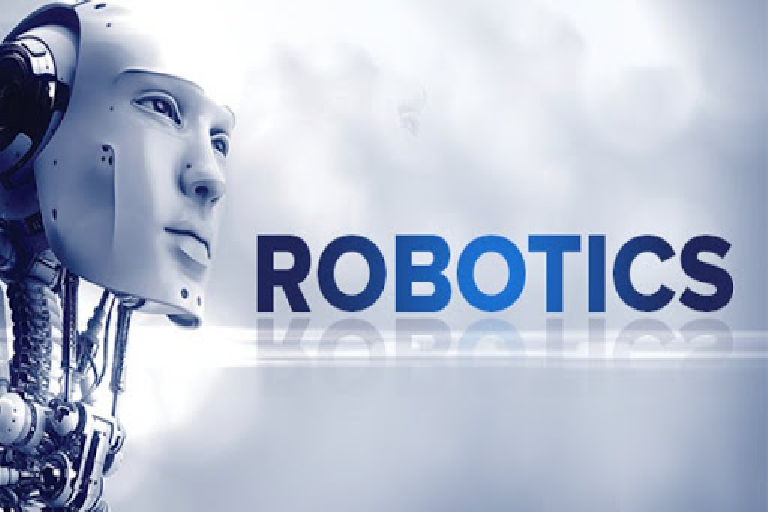Hypogonadism refers to diminished activity of reproductive organs producing little or no hormones. In males, hypogonadism refers to the decrease in either of the functions of the testes i.e. sperm production and testosterone production. It affects the men of all ages. While in females, hypogonadism refers to decreased activity of ovaries leading to reduction in the levels of estrogen and progesterone. Hypogonadism may lead to infertility, fatigue, muscle loss, depression, poor concentration and memory and reduced libido. Hypogonadism is classified into two categories namely, primary and secondary hypogonadism, based on the causative factors. Primary hypogonadism (hypergonadotropic hypogonadism) refers to abnormality in the gonads or testicles responsible for low androgen and estrogen levels. Whereas, in secondary hypogonadism (hypogonadotropic hypogonadism), the problem lies in the brain. The hypothalamus and pituitary gland in the brain, which control the gonads, aren’t working properly.
HypogonadismTreatment Market: Drivers and Restraints
Lack of sex hormones can lead to other complaints like increased risk of heart disease and osteoporosis, due to thinning of bones. This has led to the growth of hypogonadism treatment market. Moreover, the market has presence of patented brands with huge sales. Hypogonadism incidence will rise with increasing age and increasing incidence of obesity and rheumatoid arthritis. In addition, changing lifestyle habits associated with smoking and increasing stress levels also lead to reduced androgen and estrogen levels. These are some of the driving force for hypogonadism treatment market. However, the entry of generics would lead to sales erosion of the top brands in the market, thus restraining the hypogonadism treatment market to grow to certain extent.
Request Free Report Sample@ http://www.futuremarketinsights.com/reports/sample/rep-gb-1328
HypogonadismTreatment Market: Segmentation
The hypogonadism treatment market can be segmented based on product type, distribution channel and geography.
Based on product type, hypogonadism treatment market can be segmented as follows:
- Testosterone Replacement Therapy
- Injection
- Patch
- Gel
- Lozenge
- Estrogen Therapy
- Progesterone Therapy
Based on distribution channel, hypogonadism treatment market can be segmented as follows:
- Hospitals including hospital pharmacies
- Clinics
- Retail pharmacies
HypogonadismTreatment Market: Overview
The treatment modality for hypogonadism mainly incudes testosterone replacement through exogenous administration. However, for spermatogenesis, gonadotropins are preferred as testosterone is identified to be less effective. In females, estrogen and progesterone hormones are replaced by exogenous administration. Therefore, the market is analyzed based on hormonal replacement therapy as testosterone, gonadotropins, estrogen and progesterone. Pre-menopausal women can benefit from estrogen that comes in pill or patch form. Treatment for males and females is similar if the hypogonadism is due to a tumor on the pituitary gland. Treatment may include radiation, medication or surgery to shrink or remove the tumor.
Request For TOC@ http://www.futuremarketinsights.com/toc/rep-gb-1328
HypogonadismTreatment Market: Region-wise Outlook
Region wise, the global hypogonadism treatment marketis classified into regions namely, North America, Latin America, Western Europe, Eastern Europe, Asia-Pacific, Japan, Middle East and Africa. North America is the largest market for hypogonadism treatment with the presence of high prevalence of the disease. However, the industry will be experiencing higher demand from the developing regions such as Latin America, Asia-Pacific, Middle-East and Africa.
HypogonadismTreatment Market: Key Players
Some of the key players in the hypogonadism treatment market include Abbott Laboratories, Inc., Bayer AG, Eli Lilly and Company, Merck Serono, Merck & Co., Inc., Actavis, Inc. and Sanofi S.A.
Browse Full Report@ http://www.futuremarketinsights.com/reports/hypogonadism-treatment-market





























